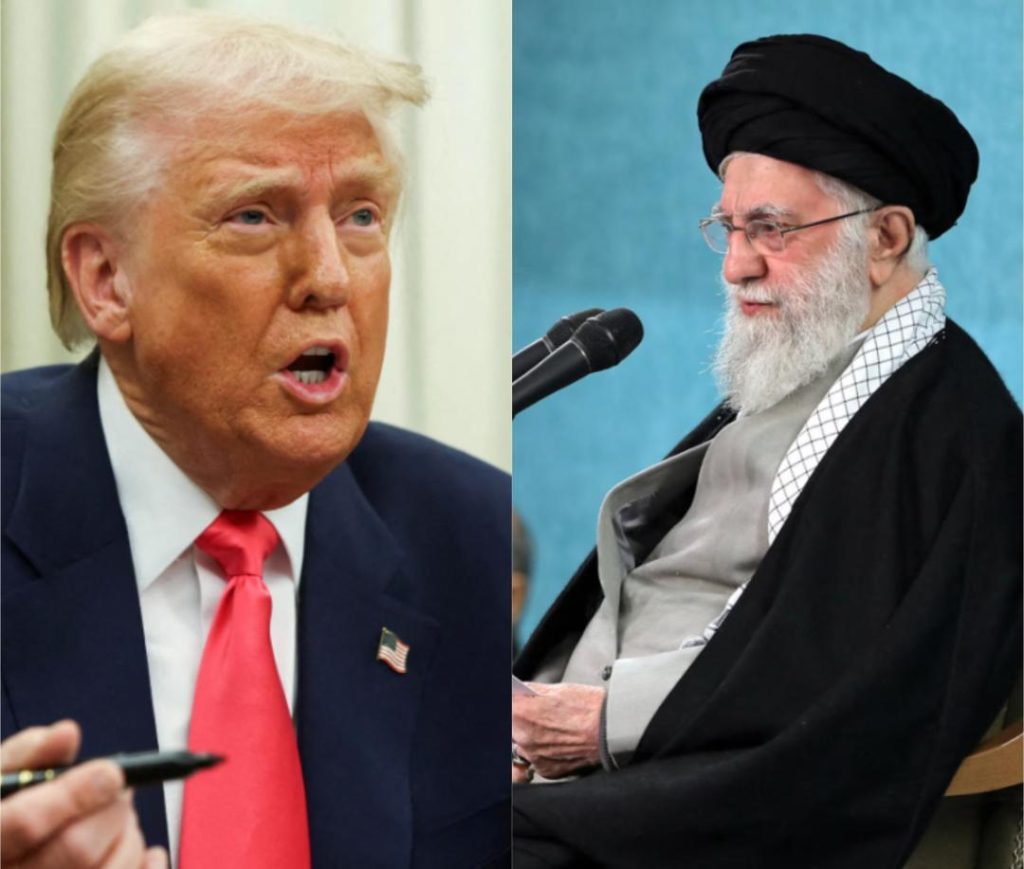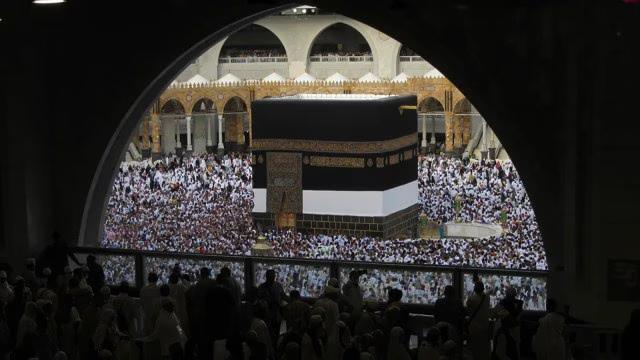
US & Iran begin nuclear talks days after Donald Trump threatened bombing
In a sudden and unexpected turn of events, the United States and Iran have begun indirect talks in Oman, with both sides represented by their respective envoys. The development comes just days after US President Donald Trump threatened to bomb Iran if it didn’t agree to a deal on its nuclear programme.
According to reports, Iran’s Foreign Minister Abbas Araghchi and Trump’s Middle East envoy Steve Witkoff have been given separate rooms in Oman and will exchange messages via an Omani minister. The talks are said to be taking place under the shadow of regional conflict, with tensions between the two nations at an all-time high.
The news comes as a surprise to many, given the recent escalation of rhetoric between the two nations. Just days ago, Trump threatened to bomb Iran if it didn’t agree to a deal on its nuclear programme, a move that was seen as a major escalation of tensions between the two nations.
The Iranian government, however, remained calm and composed, with Foreign Minister Araghchi stating that the country would not be intimidated by Trump’s threats. “We will not be deterred by such threats,” he said in a statement.
Despite the tense atmosphere, the indirect talks between the two nations appear to be a significant step forward in efforts to resolve the long-standing crisis over Iran’s nuclear programme.
The programme, which has been the subject of intense international scrutiny and criticism, has been a major point of contention between Iran and the international community. The US and other nations have long accused Iran of pursuing a nuclear programme aimed at developing nuclear weapons, a charge that Iran has consistently denied.
The crisis came to a head in 2018, when the US withdrew from the Joint Comprehensive Plan of Action (JCPOA), a nuclear deal between Iran and world powers that had been agreed upon in 2015. The move was widely seen as a major escalation of tensions between the two nations, and led to widespread protests and unrest in Iran.
Since then, the situation has only continued to deteriorate, with the US and Iran engaging in a series of tit-for-tat actions and threats. The situation reached a boiling point in January, when the US launched a drone strike that killed top Iranian military commander Qasem Soleimani, leading to widespread outrage and condemnation in Iran and beyond.
In the aftermath of the strike, tensions between the two nations reached a fever pitch, with both sides engaging in a series of diplomatic and military provocations. The situation appeared to be on the brink of a full-blown war, with many experts predicting that a military conflict between the two nations was all but inevitable.
However, in recent weeks, there have been signs of a possible thaw in relations between the two nations. In March, Trump’s national security adviser, Robert O’Brien, said that the US was willing to engage in “diplomatic efforts” with Iran to resolve the crisis over its nuclear programme.
The Iranian government, too, appeared to be willing to engage in talks, with President Hassan Rouhani stating that the country was willing to negotiate with the US “without preconditions”.
The indirect talks between the two nations, which are being facilitated by the Omani government, appear to be a significant step forward in these efforts. While the exact details of the talks are unclear, it is believed that the two sides will be discussing a range of issues, including Iran’s nuclear programme, its ballistic missile programme, and its support for regional militant groups.
The talks are also likely to focus on the US’s sanctions against Iran, which have had a devastating impact on the country’s economy and have led to widespread human suffering. The US has imposed a range of sanctions on Iran, including a ban on the sale of oil, which has had a major impact on the country’s economy.
In conclusion, the recent development of indirect talks between the US and Iran is a significant step forward in efforts to resolve the long-standing crisis over Iran’s nuclear programme. While the road ahead will be difficult and fraught with challenges, the talks represent a glimmer of hope in a region that has been plagued by conflict and instability for far too long.
As the talks continue, it is essential that both sides approach the negotiations with a sense of openness and flexibility. The US and Iran have both made significant concessions in the past, and it is likely that they will need to make further concessions in order to reach a deal.
Ultimately, the success of the talks will depend on a range of factors, including the willingness of both sides to engage in good-faith negotiations and the ability of the international community to provide support and encouragement to the process.
As the world watches with bated breath, one thing is clear: the stakes are high, and the consequences of failure are dire. But if the US and Iran are able to reach a deal, it could be a major step forward in efforts to promote peace and stability in the region.






